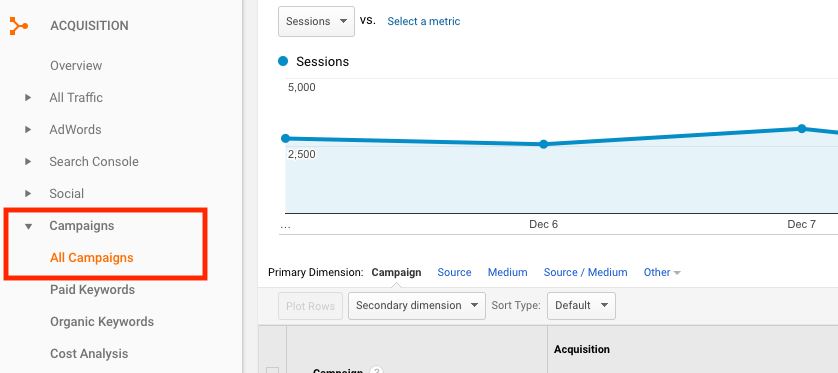2017 was a huge year for influencer marketing, and 2018 is projected to be even bigger. As more companies view influencer marketing as an actual marketing strategy versus a trend, the need to measure the effectiveness of these campaigns becomes increasingly important.
One of the biggest reasons you may be wary of influencer marketing is ROI. How can you ensure that your influencer marketing campaigns are effective? Is this data even available?
Absolutely. Before you start thinking about ROI, think about the KPIs and goals of your influencer campaigns. Are you looking to increase brand awareness? Then you likely want to look at site traffic, branded searches, and engagement rate. Of course, if you’re looking to drive sales, you’ll be looking at how much product revenue an influencer brings in.
Once you know what you want to track, then you can determine how you want to track it. Here are three ways to track influencer ROI. And good news, none of them require fancy software.
Likes, Comments and Shares
Engagement is an important metric for any influencer campaign, no matter how large or small. After all, engagement provides you with a sense of how audiences perceive your brand and product.
First, look at an influencer’s average engagement rate to determine what is feasible. What should we expect based on this influencer’s number of followers? Engagement rates vary, but it’s important to keep in mind that engagement decreases as following increases. You should look at average engagement rate for several posts. Don’t just assume that the most recent post is a reflection of their engagement.
To calculate engagement rate, divide the number of likes/comments by follower count. Note that ways to engage will vary slightly depending on the platform, but the formula remains the same.
You can take engagement rate one step further and calculate cost per engagement (CPE). Divide your cost by the number of engagements. Keep in mind that the type of engagement will vary on each platform. For example, on Instagram, you’re calculating likes and comments. On a blog post, you’re calculating shares and comments.
Coupon codes
If you’re really focused on generating sales, coupon codes are an easy way to keep track of transactions that come from a user interacting with an influencer’s content. They can also incentivize purchases. Create a unique code for each influencer.
You can look at transactions and revenue by order coupon code if you have Ecommerce Tracking enabled in Google Analytics.
UTM parameters
UTM parameters are simply tags that you add to a URL. When someone clicks on that exact URL, it can be tracked in Google Analytics. You’ll access this data under “All Campaigns” in the Acquisition report (see below).

UTM parameters are beneficial because without specifying a campaign, you won’t be able to differentiate traffic from a specific influencer versus the platform. For example, if you are working with an influencer on YouTube and want to measure traffic from his or her video, it’s best to create a URL with parameters to differentiate traffic that comes from the influencer campaign, and traffic that comes from somewhere else on YouTube (e.g., your own channel).
You would want to include at least three UTM parameters. We’ll use the YouTube example again:
- Source (utm_source) = youtube
- Medium (utm_medium) = social
- Campaign (utm_campaign) = influencername
There is also an option to include a parameter for content (utm_content). You can use this to differentiate products. If you send a shirt and a pair of jeans to an influencer and want to track traffic and sales for each product, it helps to create two URLs. Campaign, source, and medium will be the same, but what you input for content will be different.
Another way to use content is to differentiate multiple campaigns with the same influencer. You can use this data to analyze which campaign performed better and why. How you use UTM parameters is up to you, but it’s best to be consistent to avoid confusion.
Whether influencer marketing is new to you, or you want to improve measurement, prioritize your KPIs first. Then, you can determine the best methods to measure the effectiveness of your influencer campaigns. It may be all of the methods mentioned above, or just one.
This data enables you to make more informed decisions with influencer marketing. Additionally, it ensures that influencer campaigns are actually providing value to your marketing initiatives and goals.
